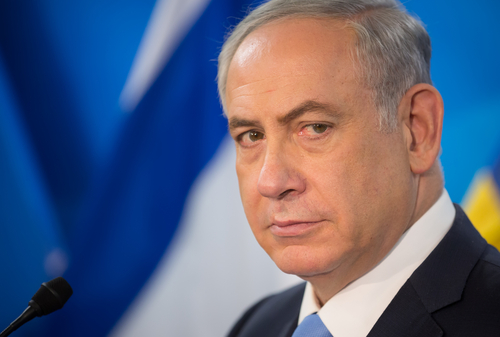
Trump plans worldwide trade fees, sparks global tension
Listen To Story Above
Trade advisers to President Trump were working Wednesday to finalize details of new reciprocal tariffs, a move that threatens to escalate global trade tensions. The president has promised to impose these duties on any nation that charges tariffs on U.S. imports.
Earlier this week, markets were caught off guard by Trump’s announcement of comprehensive tariffs on steel and aluminum imports starting March 12. This decision prompted immediate criticism from several major trading partners, including Mexico, Canada, and the European Union, while nations like Japan and Australia sought exemption from these measures.
The announcement has created uncertainty among industries dependent on steel and aluminum, as they scramble to address anticipated cost increases.
The metal tariffs follow Trump’s recent implementation of a 10% duty on Chinese imports, effective February 4, which triggered retaliatory measures from China this week. Additionally, he extended the deadline for a 25% tariff on Mexican and Canadian goods to March 4, allowing time for discussions about U.S. border security and fentanyl trafficking.
While some American workers have embraced the metal tariffs, manufacturing companies are grappling with potential consequences, expressing concern about widespread effects throughout their supply networks.
https://twitter.com/kathylienfx/status/1889787513688015251
The White House has remained reserved about specific details regarding the upcoming tariffs’ structure and timing, with sources suggesting an announcement could come later in the week.
On Monday, Trump outlined his plans to introduce reciprocal tariffs within two days on nations imposing duties on American goods, while also considering separate tariffs on automobiles, semiconductors, and pharmaceutical products.
Trade analysts note that implementing Trump’s desired reciprocal tariffs presents significant challenges for his administration, possibly explaining the delay in Tuesday’s expected announcement.
William Reinsch, senior fellow at the Center for Strategic and International Studies, suggested that Trump officials might choose either a straightforward flat rate of 10% or 20%, or attempt a more complex approach matching U.S. tariffs to individual country rates.
Sources close to the situation indicated that details were still under discussion late Tuesday.
BDO International’s trade expert Damon Pike highlighted the complexity of implementing reciprocal tariffs, noting the vast number of different duty rates among World Customs Organization members.
https://twitter.com/FurManRacer/status/1889783257983537157
“At the international level, there’s something like 5,000 different descriptions at the 6-digit (product subheading) level, so 5,000 times 186 nations. It’s almost an artificial intelligence project,” he said.
Legal experts point to several potential statutory options, including Section 122 of the Trade Act of 1974, which permits a maximum 15% flat rate for six months, or the unused Section 338 of the Tariff Act of 1930, addressing trade discrimination against U.S. commerce. The International Emergency Economic Powers Act, already used for Chinese tariffs, remains another option.
“Absent IEEPA, there would need to be some kind of agency action first before any trade remedy tariffs can be imposed … but everything seems to be on the fast track,” Pike observed, noting Congress’s typical role in tariff decisions.
Reinsch warned that matching other countries’ tariffs could lead to unintended consequences and give foreign nations control over U.S. tariff rates.
“For example, if Colombia has a high tariff on coffee in order to protect its industry, we would put a high tariff on Colombian coffee to match theirs, even though we don’t grow coffee. The only people hurt would be U.S. consumers,” he said.




